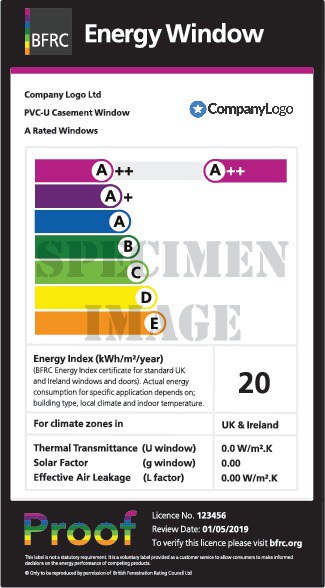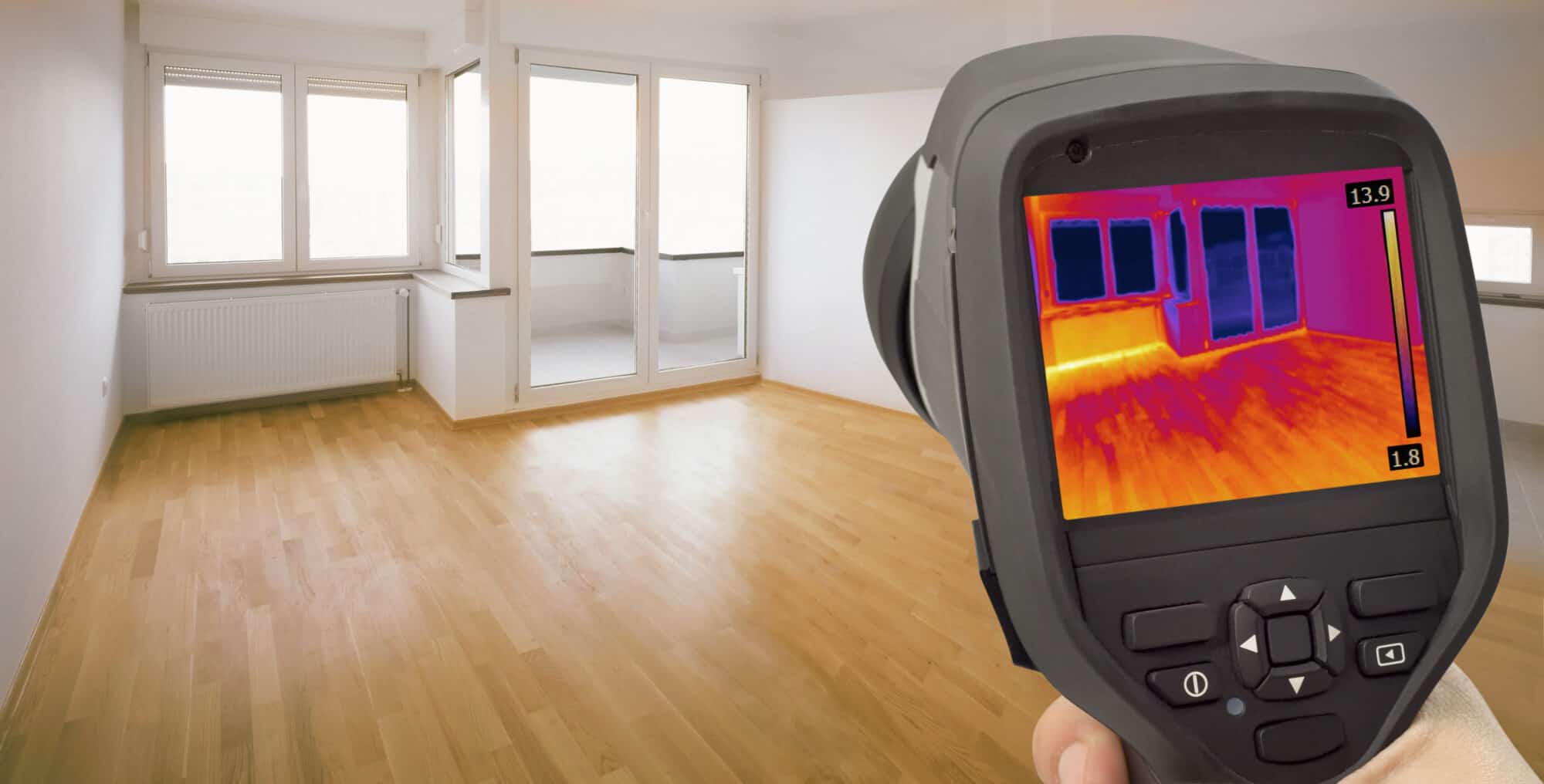Window Energy ratings explained
One of the most common questions homeowners have when considering new windows relates to energy ratings and being able to compare energy performance.
In this article we look at the origin of energy ratings, how they are measured and what features are found in the most energy efficient double glazed windows.
What is a Window Energy Rating?
Most people when looking for new uPVC or aluminium windows will do so for a variety of reasons and the Window Energy Rating or WER is very often a key consideration.
The Window Energy Rating (WER) certification system was first introduced in 2004 by the British Fenestration Rating Council (BFRC) which was formed by the Glass and Glazing Federation (GGF).
A rating of C or better has been the minimum standard required since 2010.
The overall window energy rating is not just the rating of the glass unit but actually takes into account a variety of factors in the wider construction of the window and looks at heat loss, solar gain and air leakage.
There are many benefits to having windows with a good WER, they are much more environmentally friendly than old windows by saving on gas & electricity consumption and reducing energy bills.

Features in Energy Efficient Windows
The glass specification has a big bearing on the window energy rating along with warm edge spacer bars and argon gas filling the cavity in double glazed units. The glass performance in combination with the technical attributes of the window will determine the specific window energy rating.
The ratings, between A and C, are just as you would see in domestic appliances like washing machines, dishwashers and refrigerators with A being the most energy efficient and C being the least energy efficient.
A, B or C Rated Windows
As with other considerations the WER is a trade-off between cost of and potential benefit by way of reduced energy bills. A rated windows will usually cost a little more than B or C rated windows and a medium to long term view should be taken to help decide which will be most cost effective.

What is U-value?
An alternative measure of the energy efficiency in windows and doors is the U-Value which is often a more accurate measure and one that planning officers on newbuilds will be interested in for the overall energy efficiency of your home.
U-value is the rate of transfer of heat through a structure divided by the difference in temperature across that structure.
U-values typically range from 0.8 W/m2k up to around 1.6 W/m2k depending on which door or window and which glass specification has been used. The lower the U-value the better the energy performance.
Your Planning officer will inform you exactly what U-Value your windows will need to be to comply with the building regulations.
Double or Triple Glazing?
‘A’ rated WER double glazing is often the optimal choice when comparing initial cost against the potential benefit. Triple glazing will usually produce additional energy saving benefits but it should be remembered that there is 50% more glass in triple glazing when compared to double glazing and this will have an impact on price. For example triple glazing in Genesis Aluminium windows and doors is extremely good at bringing the U-Value down and delivers an impressive performance of between 0.8W/m2k and 1.0W/m2k
If you have particular window energy ratings that you would like to achieve let us know and we will help you get the right specification of glass and this means you will soon feel the difference in old or new properties.
We have a friendly, knowledgeable and experienced team at Genesis Collection and if you have any questions about Window Energy Ratings do let us know we are here to help.
For exceptional energy rating performance browse the range of bespoke windows we have on offer including our sliding sash window and casement window.


